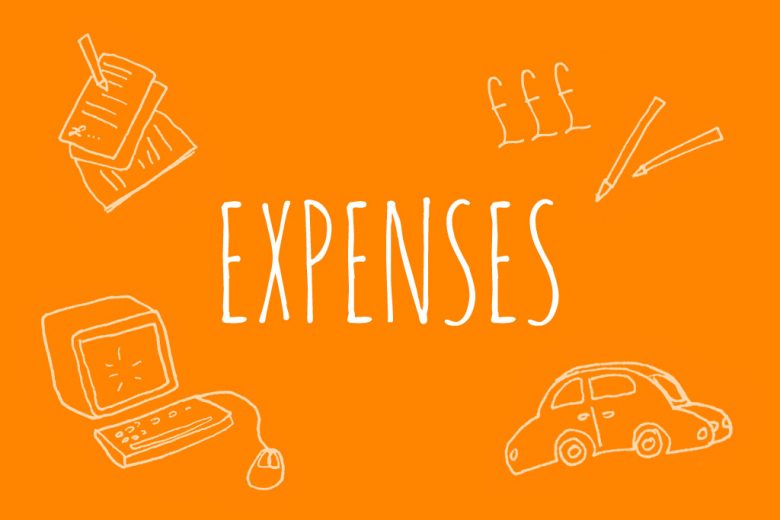How HMRC have made it easier to claim self-employed expenses
As a freelancer or self-employed business owner, there are a number of expenses you can claim on your tax return. Our financial expert, Ruth Anscombe, explains how HMRC has recently simplified their system.
Flat rate vs actual expenditure
All self-employed people need to keep records of their income and expenses, but HMRC have recently made it that bit easier by allowing you to use a simplified expenses system.
As well as your day-to-day invoices and receipts, simplified expenses allow you to use flat rates instead of working out your actual expenditure for things such as business use of your home and car. You don’t have to use the flat rates but you may prefer it.
To claim the flat rate expenses, you will need to keep a record of how many business miles you do and how many hours you work at home. At the end of the tax year, simply calculate the allowable expenses using the flat rates and include the figures on your tax return.
For travel, the flat rate is 45p per mile travelled for the first 10,000 miles, and 25p per mile thereafter.
For business use of your home, see below to work out how much you can claim:
| Hours of business use per month | Flat rate per month |
| 25 to 50 | £10 |
| 51 to 100 | £18 |
| 101 + | £26 |
Claiming other expenses
There are lots of other expenses that you can claim too, but for those you need to keep invoices and receipts and claim back the actual expenditure. This might include a mobile phone used for business purposes, stationery and postage, insurance, equipment you have had to buy for your work and any advertising you do. But if any of your expenses are partly for work and partly personal, you need to be careful to only claim the business proportion of the cost on your tax return and not the full amount.
As always, a bookkeeper or accountant can help you with all of this. And remember, their fee is an allowable expense too!




